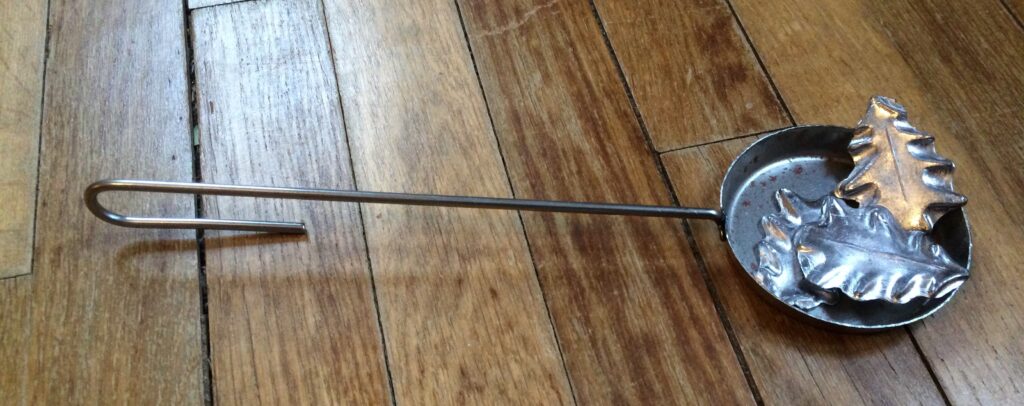It’s New Year’s Eve, a time for “kissing the old year out; kissing the new year in,” to quote the Bing Crosby song. The oldest holiday (it dates back to Babylonian times over 4000 years ago), New Year’s is the lone holiday that is celebrated around the world. After all, regardless of race, religion, culture, or creed, the globe keeps spinning.
However, some countries and indigenous tribes celebrate New Year’s at different times according to the type of calendar they follow. In Saudi Arabia New Year’s celebrations are banned altogether.
But that doesn’t spoil the fun in all other parts of the world starting in the small Pacific island nations of Kiribati and Samoa and ending in the small Pacific island nations of American Samoa and Niue.
Fireworks, resolutions, the countdown, toasting and drinking champagne, shouting Happy New Year, kissing at midnight: all are pretty much standard fare around the world when it comes to midnight on December 31st. But some countries add their own national twist to their New Year’s Eve.
In Mexico, Central and South America, people like to carry suitcases, which symbolizes travel in the new year. In some countries, they also like to wear colorful underwear. And in others, people like to burn scarecrows and effigies of politicians as a way of saying good riddance to bad luck or bad policies. Furthermore…
In Chile, they eat three spoonfuls of lentils from a pot: one for work, one for money, and one for love. They sweep their home to clean it of any bad energy and also wear yellow underwear in hopes of finding a significant other.
In Bolivia, eating pork on New Year’s Eve is significant because it represents prosperity. Furthermore, because the pig moves forward as it eats, it represents progress and prosperity.
In Russia, they welcome the New Year by writing down a wish on a piece of paper, burning it, throwing it into a glass of champagne and drinking it. The champagne bottle should not be opened until five minutes before midnight.
In Spain, people pop a grape into their mouth as the bell strikes each time at midnight to guarantee prosperity in the new year. The twelve grapes also represent the twelve months of the year.
In Germany and other Germanic influenced countries, people heat bits of lead and pour them into a pot of cold water and watch to see what shapes take form. Certain shapes have certain meanings related to the new year.

In the Philippines, people wear clothing with polka dots, usually red, and fill the table with round fruits. Coins are placed on stairs and doors. The reason is that circular shapes symbolize prosperity. Also, no chicken is served.
There you have it; some quirky traditions that add a bit of whim to the way people ring in the new year. Some are steeped in historical tradition; some in mere folly. And to be sure, there are plenty of other traditions in countries not mentioned here. Thus, no matter how you celebrate New Year’s Eve, bear in mind that it is the lone time in the year (unless you are a Tralfamadorian) when we “say goodbye before we say hello,” to quote Bing Crosby again.
With that, we at CLEW raise a glass, offer a toast of thanks and say… Happy New Year’s no matter how, where, and with whom you spend it.
Text and photo by Dan Franch, New Year’s Eve 2014.